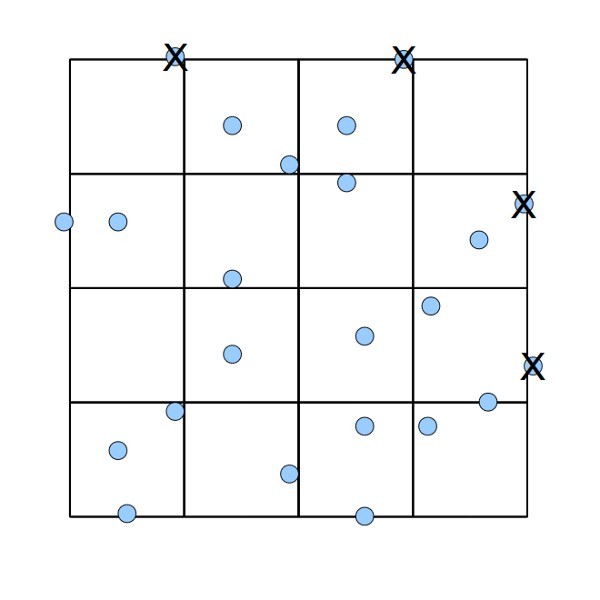Using a Hemacytometer to Count Cells
6/3/2014
JoVE Science Education Database. Basic Methods in Cellular and Molecular Biology. Using a Hemacytometer to Count Cells. Journal of Visualized Experiments, Cambridge, MA, doi: 10.3791/5048 (2014).
Overview
Cell counting is an important step in many cell-based assays for determining cell number and viability. In general, the goal of counting is to understand how much a sample of an unknown cell concentration should be diluted for further use. The most common laboratory tool for counting cells is the hemacytometer.
Summary
Many biomedical experiments require manipulation of a known quantity of cells, in order to achieve accurate, reproducible, and statistically-relevant data. Therefore, learning how to count cells is a particularly essential technique for any successful biomedical scientist. The most common way to count cells is by using a hemacytometer – an instrument that bears two laser-etched grids, which aid in the enumeration of an aliquot cells under a simple light microscope. This data can then be used to extrapolate the number of cells in experimental sample.
This video will show how to: adjust the experimental sample concentration so that you are not trying to count too many – or too few – cells; how to use a hemacytometer to count a small (~10 μl) aliquot of cells; how to determine which quadrant of the hemacytometer laser grid to use for counting; how to calculate the total number of cells in your experimental sample, depending upon which quadrant was used; and how to determine the viability of your experimental cell population using trypan blue exclusion. Further, various experimental situations for which reliable and accurate determination of cell numbers is necessary, including an example using an automated cell counter, are also discussed.






